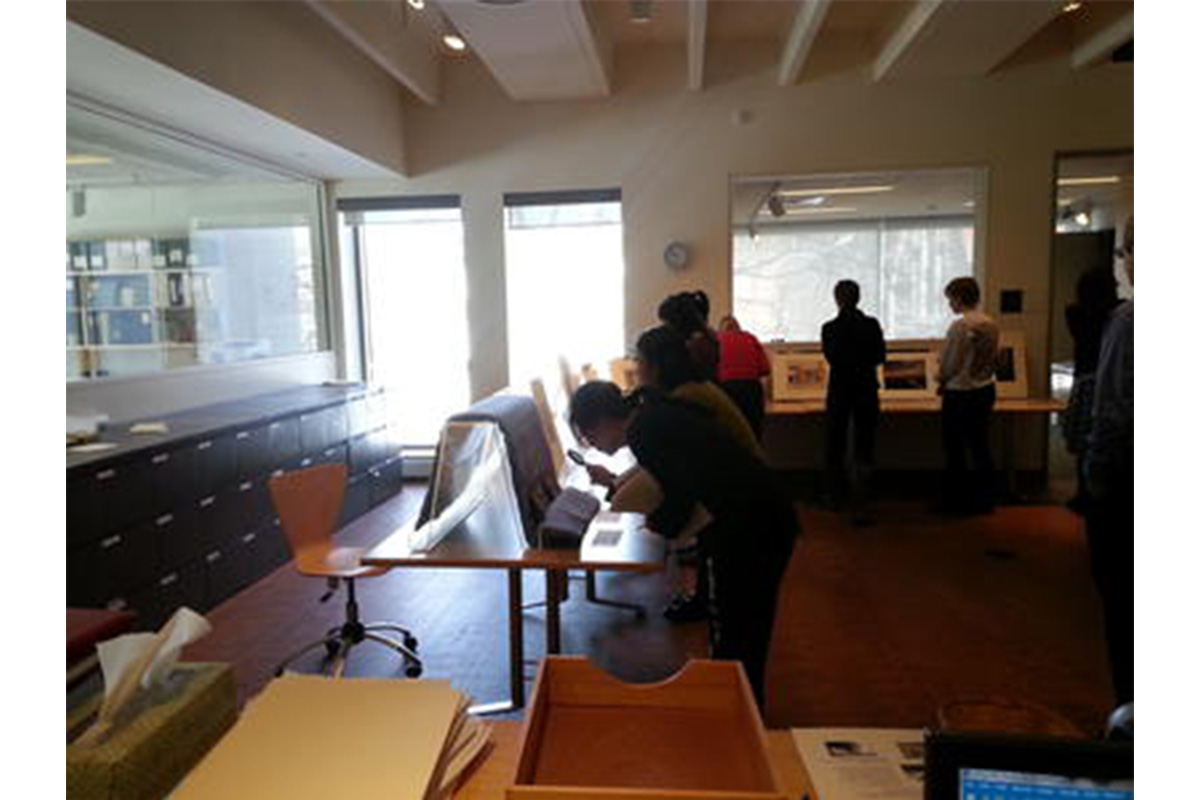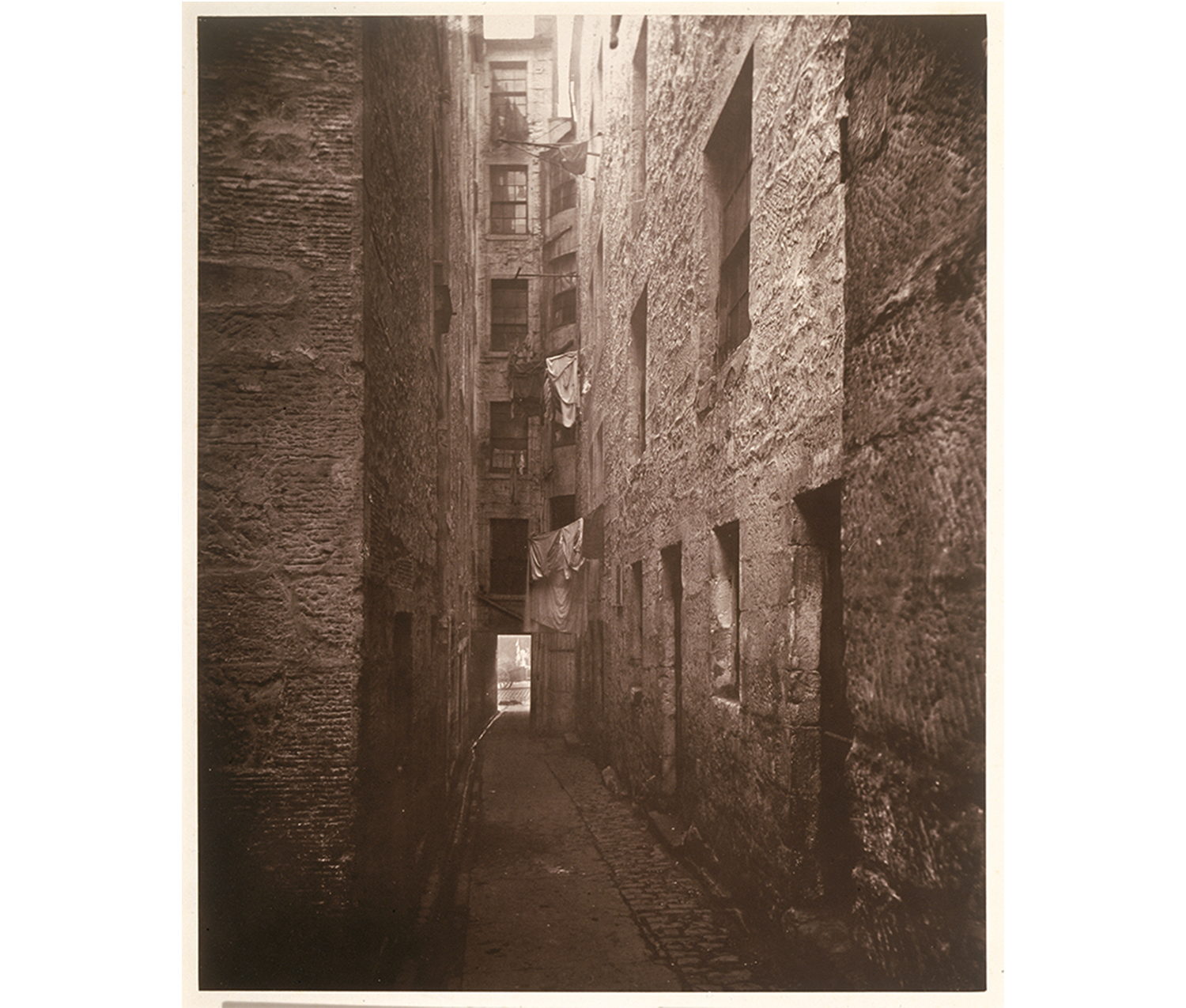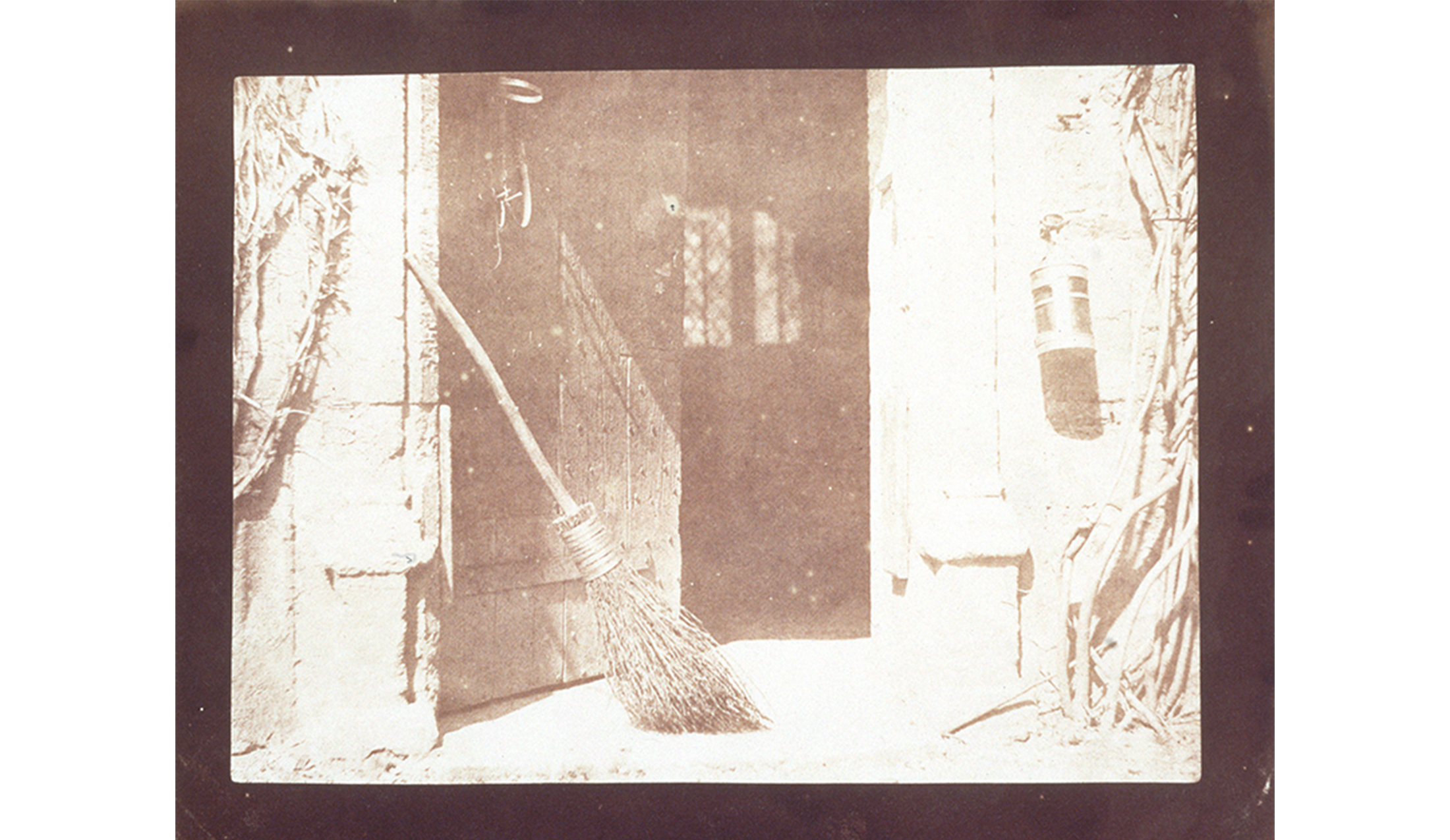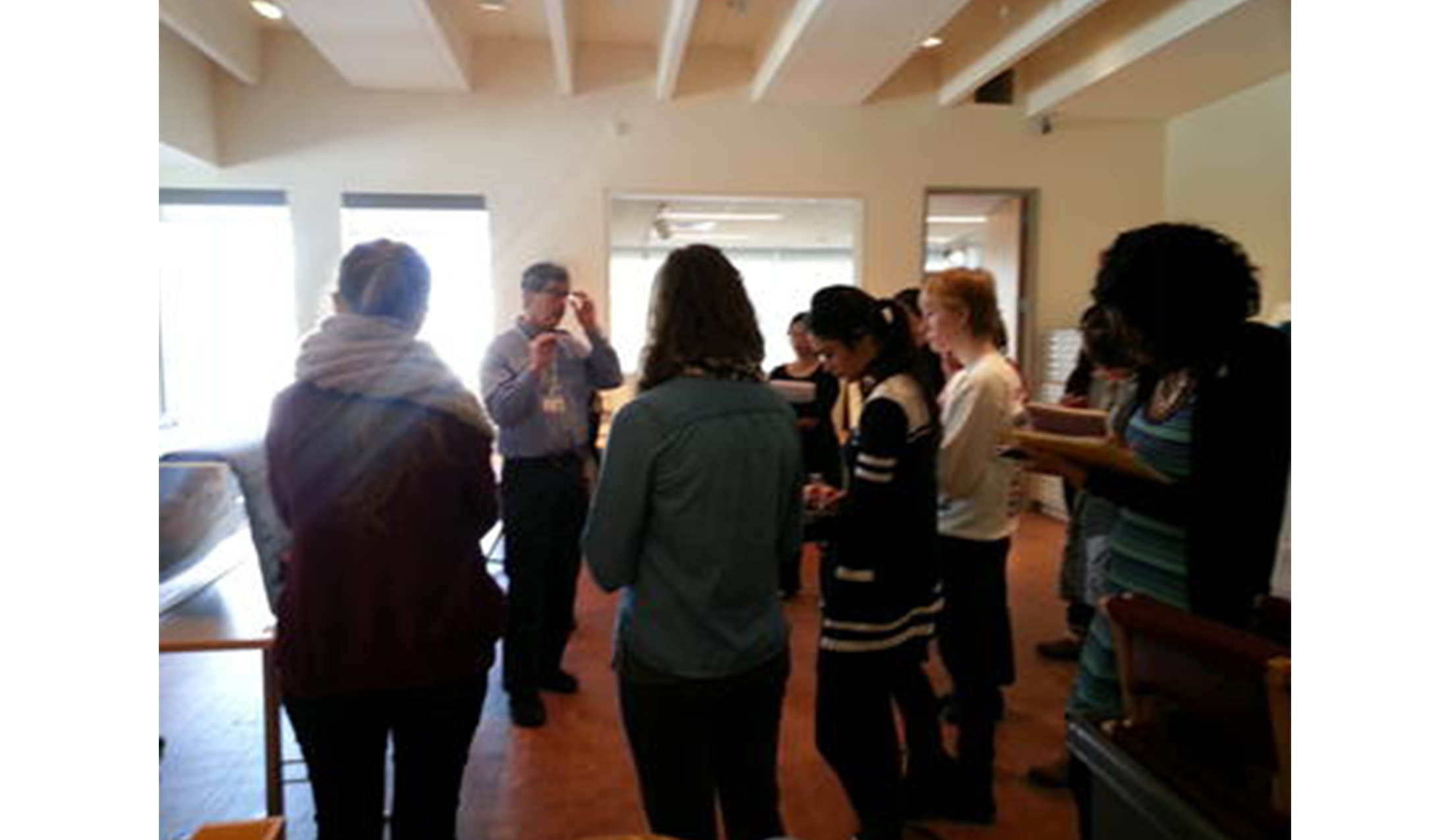
CHM 100 Visits the Cunningham Center
Guest blogger David Dempsey is the Associate Director of Museum Services at the Smith College Museum of Art.
I have had the pleasure of co-teaching Chemistry 100 “The Chemistry of Art Objects” for the last ten years first with Lale Burk and now with Betsy Jamieson. CHM 100 is the chemistry for non-science majors offering from the chemistry department. It covers all the important introductory chemistry subject matter using art objects from the museum as illustrations for chemical principals.
One of my favorite topics is photography. We go through the chemistry involved in basic black and white photography and tie it into solutions and their relative solubilities, precipitation reactions that deposit silver halide salts on paper or film for photography and how chemical developers convert latent images into the finished product. Having the photography collection housed in the Cunningham Center is a great benefit to the class.

Visit the Cunningham Center to see this daguerreotype in person!
Attributed to Benjamin D. Maxham. American, active 1848–1858. Helen Thoreau, 1849. Daguerreotype. Gift of Dr. James L. Huntington . Photography by Petegorsky/Gipe. SC 1950.75.2.
Each year we visit the center and examine about twenty photographs. They vary from daguerreotypes, which really can’t be understood without actually seeing them in the flesh, to large –scale Polaroids at the other extreme of chemical complexity. The depth of the collection allows us to compare works in perfect condition and those that have suffered “the slings and arrows of outrageous fortune” over the course of their histories. These are great teaching opportunities about the care in the processing of photographs and in their long-term storage and display.

Thomas Annan. British, 1829–1887). Close, No. 148 High Street, ca. 1872. Carbon print on paper. Purchased with the Eva W. Nair, class of 1928, Fund. Photography by Petegorsky/Gipe. SC 1991.9.
It is also wonderful to have beautiful examples of rather exotic photographic species such as a gorgeous Thomas Annan carbon print Close, No. 148 High Street. The carbon print, which uses carbon in photo-activated gelatin as its pigment, not silver salts, has an amazing depth and vividness. And it isn’t every chemistry student who gets to learn about Fox Talbot’s invention of the salted paper print and then gets to stand eyeball to eyeball with one of the earliest photographs in existence.

William Henry Fox Talbot. British, 1800–1877. The Open Door, Plate VI from The Pencil of Nature, 1843. Salt print from a calotype negative on paper. Gift of Dr. and Mrs. Perry W. Nadig in honor of their daughter, Claudia Nadig, class of 1985. SC 1985.14.1.
The early pioneers in photography were almost all also experimental chemists working through trial and error to understand the nature of chemical elements in the decades before the discovery of many basic chemical components such as electrons, protons and neutrons. It seems particularly fitting that we use their artwork to explain chemical reactions to a new generation of up and coming chemists.

David Dempsey teaching CHM 100. Photography by Maggie Kurkoski